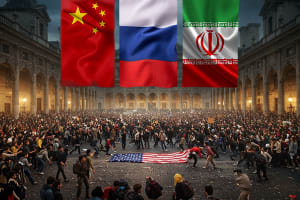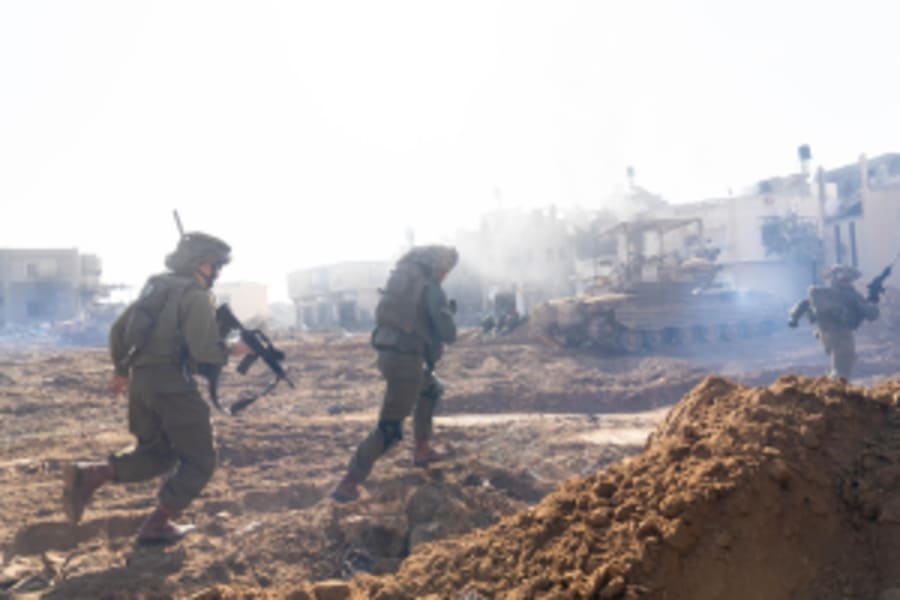International influencers witness destruction and resilience in post-October 7 Israel

The Israeli Foreign Ministry recently invited a group of international influencers to witness both the devastation and resilience of the Jewish state following Hamas’ Oct. 7, 2023, massacre which claimed 1,200 Israeli lives and resulted in the kidnapping of 251 people from southern border communities.
Since the Oct. 7 attack, the ministry has strategically shifted its focus toward influencers rather than traditional media. This is no coincidence – many of Israel’s most vocal critics in the West are young people who primarily consume news through influencers and social media.
During their visit, the influencers toured Sderot, a southern Israeli town near the Gaza border that has endured repeated Hamas attacks, including the brutal assault on Oct. 7 and years of rocket fire from Gaza. They also visited Nir Oz, one of the hardest-hit Israeli communities. A local Israeli woman, who had once helped transport sick Gazans to Israeli hospitals, shared her sense of betrayal with the group.
"I feel betrayed. How could you do this to us?" she asked. "I hope I will find the courage again. I want to remain a good person," she replied to an influencer who asked whether she was prepared to continue her humanitarian efforts in the future.
The international influencers also experienced first-hand the disconnect between the reality in Israel and the often hostile and factually incorrect way the country is portrayed on social media platforms.
One female influencer faced backlash from her followers when she posted a video from the Kerem Shalom Crossing where hundreds of trucks with humanitarian aid enter Gaza every day.
Her followers who are critical of Israel accused her of staging the footage of something that she saw with her own eyes on the border between Israel and Gaza.
"No matter what you show, there is no space for compassion," she said with frustration.
By February 2024, Israel had facilitated the delivery of over 14,000 humanitarian aid trucks to the Gaza Strip while Hamas terrorists refuse to release all the remaining Israeli hostages.
One female IDF soldier told the influencers that she had mixed feelings about the humanitarian aid deliveries to Gaza.
"I feel very conflicted. My cousin is a hostage in Gaza," she admitted.
Gazan warehouses remain stocked despite inaccurate international claims of “famine” in the coastal enclave. Between 200 to 250 trucks with humanitarian aid enter Gaza every day compared to 70-80 prior to the October attack. the Jewish state has not limited any aid deliveries to Gaza following the ceasefire reached with Hamas in January.
The influencers also visited the Soroka Medical Center in the Israeli city Beersheba where Israeli and Arab doctors and nurses treat Arab and Jewish patients on daily basis.
Tal Hayun, the head nurse of the hospital’s recovery unit, recalled the difficult recovery of one of the unit’s employees.
“One of our own staff members arrived here critically wounded. No one recognized him. Today, he has recovered and returned to work,” Hayun told the influencers.
Israeli diplomats also hope that influencers who experience the real Israel will contribute to the fight against online antisemitism and misinformation.
David Saranga, the foreign ministry’s head of the Digital Division believes that influencers who visit Israel can offer their followers an authentic perspective on the Jewish state and the complex challenges it faces.
"This isn’t just about politics," one influencer said. "It’s about people," the influencer added.

The All Israel News Staff is a team of journalists in Israel.
You might also like to read this:















